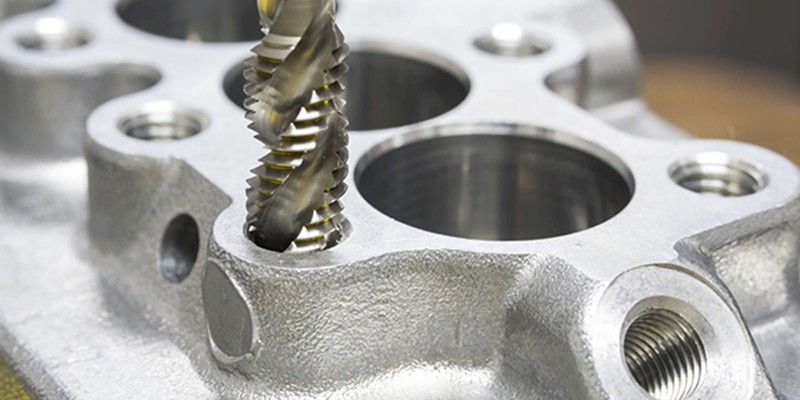- September 8, 2023
Zinc (Symbol: Zn) is a utilitarian metal in the manufacturing industry owing to its favorable material properties like good corrosion resistance, electrochemical performance, and biocompatibility.
In this article, we discuss the qualities of zinc and its alloys as CNC machining materials. It also includes the properties of zinc, different types of zinc alloys, various zinc machining processes, and an in-depth analysis of the machinability of zinc alloys.
Properties and Characteristics of Zinc
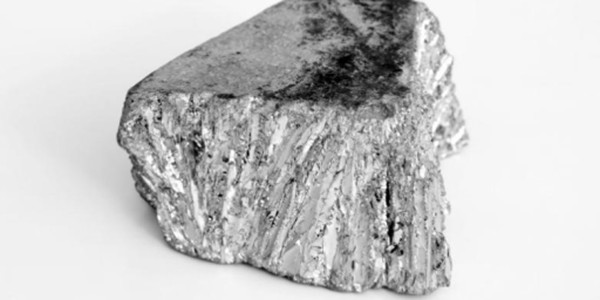
Zinc metal, in its pure form, is a shiny-greyish, brittle chemical element with limited industrial applications. As a pure metal, it is useful in galvanizing other metals like iron to improve corrosion resistance.
Zinc alloys, however, are incredibly useful, boasting a variety of desirable qualities that place them high among the list of common machining materials. Zinc alloys have good tensile strength, corrosion resistance, and high ductility. Moreover, they are environmentally friendly due to their recyclability. On top of this, zinc is a not expensive metal with an abundant supply.
Types of Zinc Alloys for Machining
Each zinc alloy offers a specific mix of material properties. In this section, we will discuss some popular zinc alloys. Some of the main alloying elements for zinc are copper, tin, magnesium, and aluminum.
Zamak 3
The Zamak family of zinc alloys has the most common zinc alloy grades, with Zamak 3 being the standard among them. Zamak 3 contains 96% highly pure zinc with 4% aluminum. Furthermore, certain variants within Zamak 3 may also contain trace amounts of copper, magnesium, and iron.
It offers a combination of ductility, strength, finishing, and dimensional stability. These qualities, augmented by its melting point of 384oC, render it highly castable. Therefore, casting is arguably its most popular industrial usage.
Additionally, Zamak 3 also has the characteristic corrosion resistance and electrical conductivity of zinc alloys.
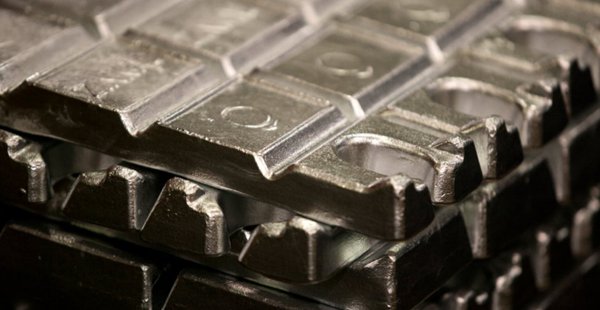
Zamak 5
Zamak 5 is another zinc alloy grade from the Zamak group. Its composition contains ~1% copper in addition to the 4% aluminum, which is common among all Zamak grades.
This addition of copper adds strength and hardness to the zinc alloy. However, these properties come at the expense of decreased ductility and dimensional accuracy. Overall, however, Zamak 5 makes for a great zinc alloy with good castability and machinability.
ZA 8
ZA 8 is a zinc-aluminum alloy with 8.4% aluminum content. Its main qualities include high strength and hardness, as well as creep strength, which is a unique property among zinc alloy grades. Also, it supports various surface finishing processes and is thus a common choice for making items for decorative purposes.
One of its main advantages is its compatibility with die-casting methods, including hot chamber die-casting. Its fluidity allows for casting complex geometries with thin features.
EZAC
EZAC is an innovative zinc alloy grade with aluminum and copper content. It has remarkable strength, hardness, and creep performance, oftentimes quoted as the best among common zinc alloy grades.
It is especially suitable for die-casting applications due to its melting point and fluidity. Its low melting point means that it is compatible with hot chamber die casting, increasing its potential applications in several industries.
ZA 27
ZA 27 is another high-aluminum content zinc alloy, with around 28% aluminum and 2.5% copper. It is lightweight, strong, hard, and has good creep properties. In addition, it has a relatively high melting point among zinc alloys, making it suitable for cold chamber die casting.
Tombak
Tombak is primarily a brass alloy with around 5-20% zinc content. It is known for its low cost, malleability, and shiny appearance. Depending on the composition of other alloying elements (tin, copper, lead, etc.), it can take different colorations.
It is a popular choice for making products of ornamental value like medals, decorative pieces, and buttons due to its gold appearance.
Machinability of Zinc Alloys
Zinc alloys are generally easy to machine and do not cause many problems. However, as with any material, they exhibit specific behaviors that require certain considerations and adjustments by machinists to get the best results. Some core aspects of zinc machinability are discussed below.
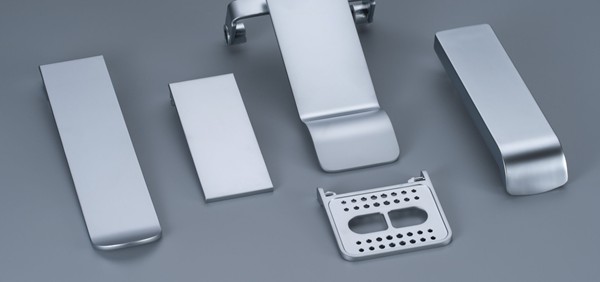
Gummy Behavior
Zinc heats up quickly during machining. The thermal softening accompanying the temperature rise can lead to ‘gumminess’ in the material. This means that the zinc alloy tends to stick to the tool’s cutting edge, enhancing tool wear, and deteriorating cutting performance.
Low Melting Point
A similar temperature-related issue is that thermal softening can sometimes prevent machinists from taking an aggressive machining approach. For example, very high feeds may not be possible due to excessive material shearing.
Brittleness
Although inherently ductile, the brittle behavior of some high-aluminum alloy grades can create chipping issues.
Safety Hazards
While zinc machining produces short, manageable chips, fine machining or grinding applications may produce dust that should not be inhaled. Thus, it is recommended to have proper ventilation when performing such operations.
Different Machining Processes for Zinc Alloy
Zinc alloys are a common material in machine shops. They are compatible with a variety of machining operations, some of which are briefly explained below.
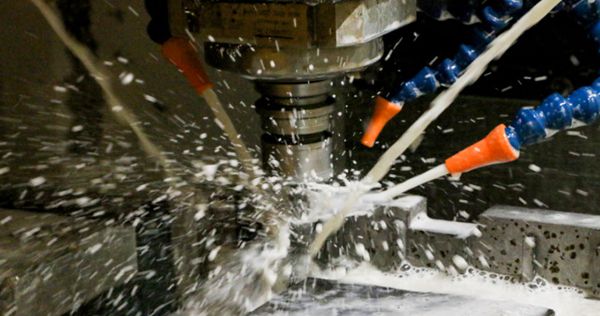
Milling
Milling is the most widely recognized machining process for zinc machining. With advanced capabilities like 5-axis CNC machining, it is a top-of-the-line process to manufacture irregular, prismatic shapes.
Turning
Turning is helpful in machining cylindrical-shaped objects on lathe machines. Modern lathes offer multi-axis capabilities with high accuracy, including turn-milling operations. Turning zinc, as with milling, is easy but may have some problems with the softening (gumminess) of the material.
Drilling
Drilling is the standard hole-making machining process, using drill bits of various length-to-radius ratios with helical flutes. Drilling of zinc alloys is better done with flood cooling and sharpened drill bits to minimize heat accumulation in the cutting zone. Otherwise, zinc alloys can be machined with generous cutting parameters, allowing for high material removal rates.
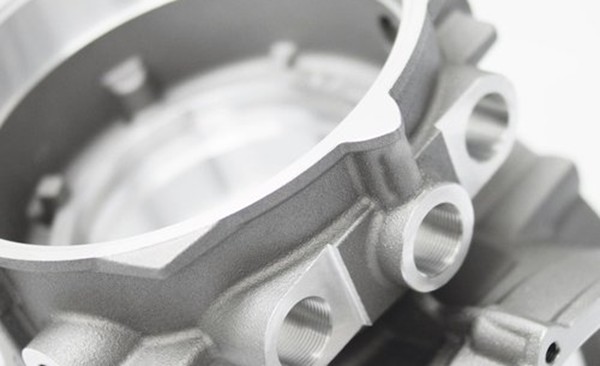
Die casting
Die casting is a highly efficient and popular manufacturing process for producing zinc components with intricate shapes and tight tolerances. Unlike traditional machining processes, die casting involves the use of molds or dies to create the desired part.
Electro-Discharge Machining (EDM)
EDM is not a classic machining operation but is still a very useful and regular method for producing prismatic parts in machine shops. The good electrical conductivity of zinc makes it an EDM-compatible material.
Surface Finish Options for Zinc Parts
Zinc alloys are compatible with a range of surface finishing methods, including:
- Electroplating: Zinc alloys support electroplating with materials like nickel and cobalt to achieve specific surface finishes, properties, and enhanced corrosion resistance.
- Chromate Conversion Coating: Chromate conversion coating improves the aesthetic look and corrosion resistance of zinc alloys. Moreover, it is available in different colors.
- Powder Coating: Powder coating gives a rougher look to the surface and makes it resistant to abrasive actions like chipping and scratching.
- Anodizing: Anodizing creates a thin, protective layer of oxides on the surface of the zinc alloy, which improves corrosion resistance.
- Painting: Zinc alloys are compatible with paints, allowing users to get any color they desire.
Tips and Tricks for Machining Zinc Alloy
In the previous sections, we established that the machinability of zinc alloys is high. They are not as difficult to handle as other materials like machining titanium, for example. However, there are also a few expert solutions to optimize the machining processes of zinc alloys.
Prefer Machinable Zinc Alloys
While this goes without saying, it is easy to overlook as well. When you have a choice between multiple zinc alloys, go for the one that your machinists find easier to manage, such as Zamak 3 or Zamak 5. It will pay off in terms of dimensional accuracy and time-saving.
Sharp Cutting Tools
To tackle the gumminess of zinc alloys and minimize tool wear progression, sharper cutting tools are preferable. They apply concentrated cutting forces and minimize the plowing effect. Thus, producing short chips that fly off rather than sticking to the tool.
Be Generous with the Coolant
Thermal softening is a major problem in zinc machining. Hence, an ample supply of coolant helps minimize friction and keep temperatures under control, which in turn improves surface finish and chip production. Moreover, water-based coolant should be your preferred choice.
Moderate-to-High Cutting Speeds
If the zinc alloy heats up quickly, increase its cutting speed slightly to reduce cutting temperatures. This decreases the tool-material contact duration and leads to higher heat dissipation through the chips.
Carbide/HSS Tooling
Zinc alloys can cause excessive tool wear or thermal deformations. Thus, carbide is a good choice owing to its good wear resistance as well as thermal stability. For lighter jobs, HSS also works quite well with zinc alloy grades.
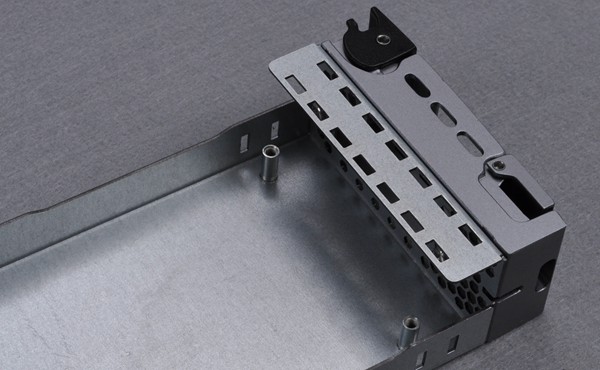
Applications of Zinc Parts
Now that we understand the machinability aspects of zinc alloys, it is time to discuss some of the applications of zinc machined parts. A short list of zinc alloy parts is given below.
- Automotive Components: Automotive companies use zinc alloys to manufacture engine block components, brackets, decorative items, etc.
- Electronic Enclosures: The good electrical and thermal conductivity of zinc alloys makes them ideal for manufacturing enclosures and heat sinks for electronic devices.
- Medical Instruments: The biocompatibility of zinc alloys makes them a favorable material for some medical instruments.
- Hardware: Zinc alloys are a popular choice for fasteners like screws, nuts, and bolts for low-impact applications like household appliances and fittings. They provide ample strength, corrosion resistance, and aesthetic surface finish options for such applications.
- Consumer Goods: Zinc alloys are also a popular choice for consumer items like zippers, hinges, and jewelry due to their low cost and ornamental appearance.
Started Zinc Machining at WayKen
WayKen is a rapid manufacturing company offering professional metal machining services, including zinc machining. Our state-of-the-art manufacturing facility and professional team are well-equipped to produce zinc alloy parts with high precision and tolerance standards.
At WayKen, we’re committed to providing you with one-stop service and exceptional results. Let us bring your manufacturing projects to life. Your satisfaction is our priority, and we’re here to ensure quality with our cost-effective and efficient.
Conclusions
Zinc alloys are surely among the most important material groups in the machining industry, with a diverse range of grades, processes, and applications. Their beneficial qualities, along with their high machinability, make them perfect for machine shop environments.

